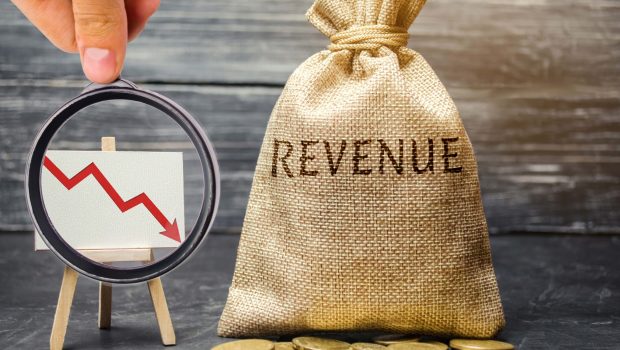How Technology Can Help Utilities Improve Water Accountability
By Quinn Jackson-Elliott
Despite a decades-long fight against water loss, utilities still face an uphill battle to account for water that is pumped but not billed. The struggle with non-revenue water (NRW) isn’t getting any easier, either, as drought conditions continue to put increasing pressure on utilities to manage a finite — and in some cases, dwindling — water supply.
A 2018 study found that non-revenue water comprised 30 percent of water system input volumes worldwide. In terms of sheer volume, that’s equivalent to about 70 percent of the average flow of the Niger River – the principal river in West Africa — being treated, pumped and disappearing. But until now, utilities have had limited tools to accurately assess and effectively address water loss. Many available products address only one kind of water loss or work only on certain types of infrastructure. Worse still, assessments often rely on educated guesses and utility billing data to inform estimates. This current scenario means utilities are often left to piece together a patchwork of tools to guesstimate and track NRW across the water distribution network.
As NRW is thrust further into the spotlight and utilities are challenged to account for every drop, that patchwork approach can no longer adequately meet the needs of utility leaders. Along with drought and water scarcity issues, utilities must also contend with an aging infrastructure and the demands of a growing population on a limited water supply. They need a universal solution to address the universal problem of NRW.
Getting a Handle on Water Accountability
Recent technological advances are providing some hope for efforts to increase water accountability. Artificial intelligence and edge computing are well-suited to evaluate a wide-ranging water distribution network. But only recently have the sensors needed to power this type of technology become rugged enough to withstand the harsh conditions of large meter vaults, tanks, pipes & the other infrastructure comprising the water distribution system.
The information from these sensors effectively modernizes the water distribution network, creating a digital map of where every asset is located, whether any problems exist and what’s likely causing them. Armed with validated, sensor-driven information, the utility knows sooner when and where issues occur, and crews can prioritize repairs that will minimize water loss. Additionally, that data is delivered continuously and in real time, so utilities can always know where every drop is going.
Accounting for Both Real and Apparent Water Loss
Data-generated, real-time insights could also help utilities move beyond traditional industry practices of determining apparent water loss via flow testing and the phased replacement of meters. Those practices can be expensive and inefficient – but until now, they have been the only options. The more accurate and holistic view created with a sensor network leads to identifying underperforming meters without wasting water on flow tests, and repairing or replacing meters only when needed, rather than on a set schedule.
There’s also the issue of actual water loss through leaks in transmission systems, which some estimates say can be as much as 70 percent of the overall amount lost. The American Society of Civil Engineers reported that American water systems lost an estimated $7.6 billion of treated water in a single year. A real-time monitoring and response system could make a big difference for utilities in both time and money.
Some Cities are Already on Board
This technology-driven approach to water accountability has already proven to be effective. And for many utilities, revenue recovery is almost as important as water loss reduction, especially if the recovered revenue can fund digitalization and other infrastructure projects.
Incorporating some of these same approaches, a utility serving one major U.S. city discovered that 53 percent of the meters in their performance monitoring program were underperforming. By repairing just 10 of those meters, the utility reduced water loss by over 34 million gallons and recovered more than $1 million in annualized revenue. A more extensive deployment of 700 meters revealed that 86 percent were underperforming. Once again, with select repairs, the utility reduced water loss by 363 million gallons and recovered $10.6 million in annualized revenue in the first year alone.
Fighting water loss by accounting for every drop of water in the system has emerged as one of the more crucial issues in the industry today. And even though many utilities are actively working to address NRW, better tools are needed to help them. Using breakthrough technology to get a holistic view of all water loss across a utility not only improves water accountability, it enables utilities to better manage a limited water supply, reducing NRW and achieving operational efficiencies. By accounting for every drop, utilities can successfully sustain growth — even through severe drought – with aging infrastructure and a limited water supply.

Quinn Jackson-Elliott is vice president of government relations for Olea Edge Analytics. She has a diverse business background with experience in government, consulting, client services and utility management. In her current role, she focuses on revenue recovery, asset management and operational efficiency to achieve results.









Gloss